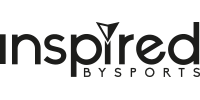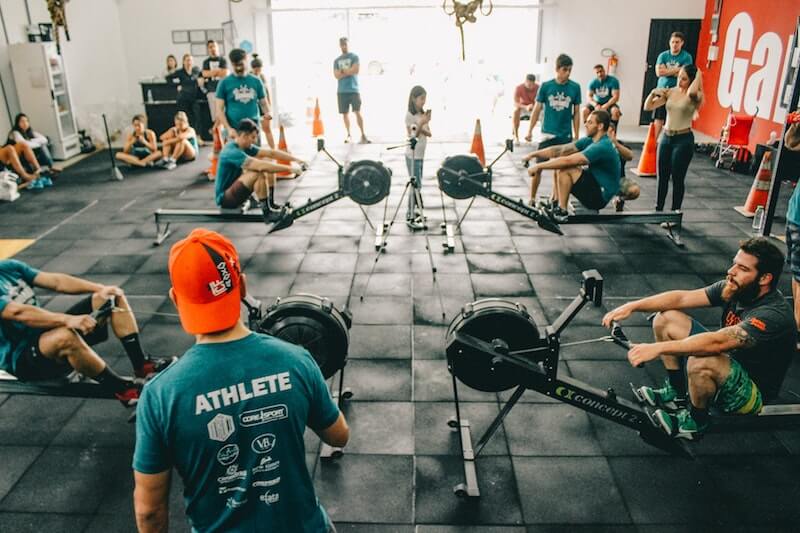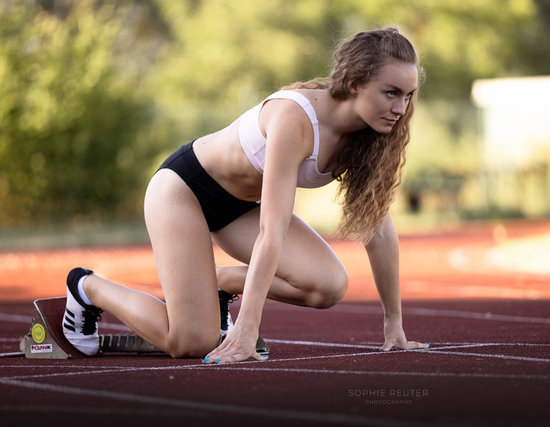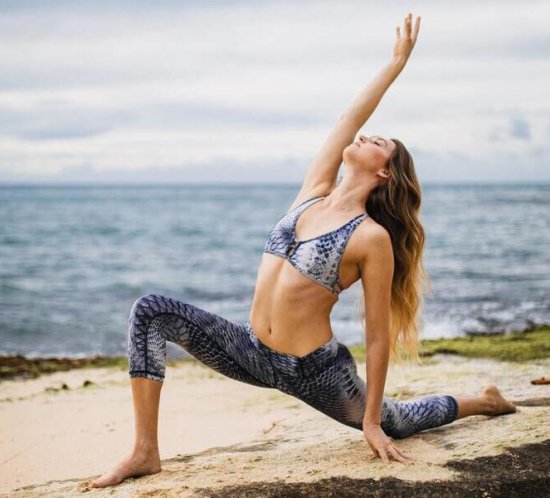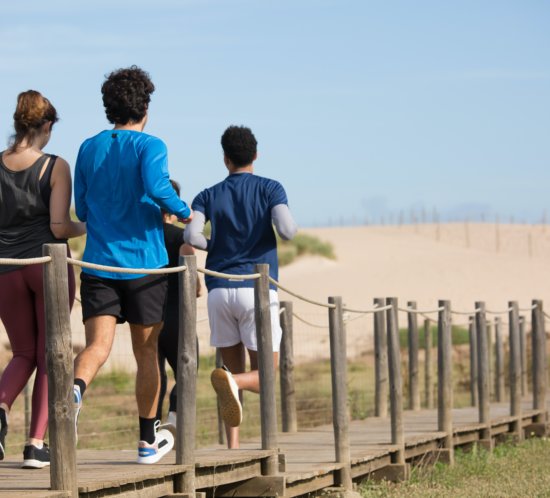Effective Winter Training: The most important information about Indoor Rowing

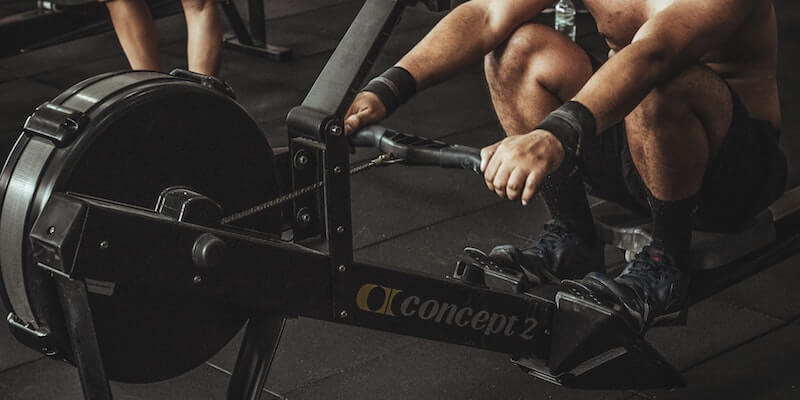
Rowing is one of the most effective strength-endurance sports. It not only strengthens the muscles, but also stimulates circulation and fat burning. But when the summer comes to an end, rowing is be over – or is it? We introduce you to indoor rowing and tell you what to consider.
Just like any other sport, rowing depends on the right technique to achieve the desired training effect. On the water you will quickly notice if you are using the right technique, but when rowing indoors it can easily happen that you make some training mistakes. Here we explain what you should consider when choosing a rowing machine and how to create an effective training plan.
The right rowing machine
The selection of rowing machines is large and varies in price and equipment. The most important factors in the selection are the quality, the resilience and the resistance. One should pay attention that the device is stable and non-slip and offers an even concentricity. In addition, the machine should be resilient and offer good resistance for the rower. The resistance can be caused by air, water, magnetic or hydraulic force and should always be individually adjustable.
Another important feature is the range of functions and the operation of the device. Most devices measure not only the distance covered and the time, but also the beats per minute. These are the basic data that are especially important for beginners. If you want to include rowing in your training plan, you should also make sure that a real-time measurement of calorie consumption is integrated. A large display for reading the data is also an advantage.
The right working training
When rowing, it is important to make forceful yet calm and even movements. Arms and legs as well as back and chest muscles are required. In order not to make any training mistakes, beginners should first be instructed by a professional. In this way you also avoid injuries.
For beginners a target of 20 strokes per minute is realistic. Before you start training, however, the device must first be adjusted. This applies to the resistance as well as to the standing position of the feet. From the starting position (arms stretched, upper body slightly bent forward, knees bent, rowing grips in the hands) one begins slow and even movements, which are carried out by the two of them through the arms.
If you want to include rowing in your training, you should train at least 3 times for 15 minutes per week. The number of minutes can then optionally be increased after 6 weeks. In order to follow the success, it is also advisable to measure the heart rate with a heart rate monitor or a chest strap and document this with the beats per minute, the total time and distance. For those, who want to lose weight, a longer training with little resistance and low heart rate is suitable, who wants to build up fitness and muscles puts the resistance higher.
Wer Rudern in seinen Trainingsablauf einbauen will, sollte mindestens 3 Mal 15 Minuten pro Woche trainieren. Die Minutenzahl kann dann nach 6 Wochen optional hochgesetzt werden. Um den Erfolg zu verfolgen, bietet sich zudem an mit einer Pulsuhr oder einem Brustgurt die Herzfrequenz zu messen und diese mit den Schlägen pro Minute, der Gesamtzeit und -strecke zu dokumentieren. Für diejenigen, die abnehmen wollen, eignet sich ein längeres Training mit wenig Widerstand und niedriger Herzfrequenz an, wer Fitness und Muskeln aufbauen will stellt den Widerstand höher.
Statement
We are enthusiastic about the indoor alternative to rowing! It is effective and strengthens not only the endurance, but also the muscles. Indoor rowing is an optimal alternative to treadmills and co. In addition, you can prove your newly acquired knowledge on the water at warmer temperatures.
source: unsplash / Victor Freitas
YOU MIGHT ALSO LIKE THIS
